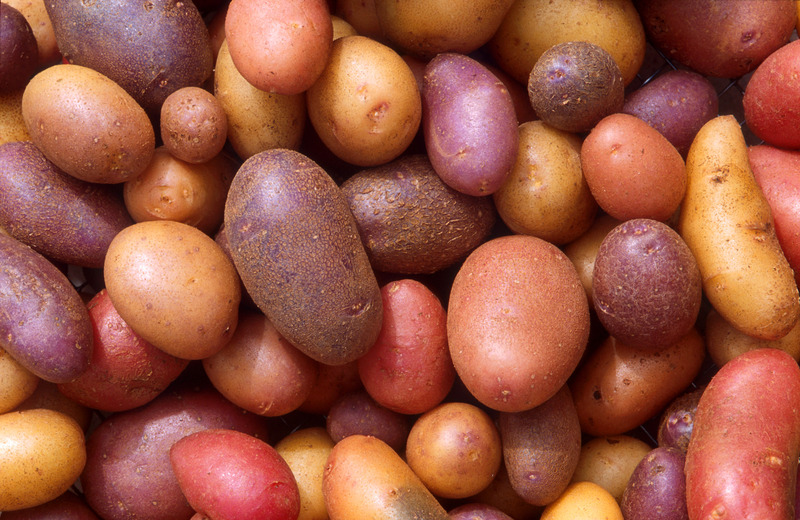Description
Cabbage (Brassica oleracea capitata) is a biennial plant that is native to the Mediterranean region. It is a member of the Brassicaceae or mustard family and is closely related to other brassica crops such as broccoli, cauliflower, and Brussels sprouts.
Cabbage is a leafy green plant that typically grows to about 1-2 feet in height. The leaves are large, thick, and vary in color depending on the variety of cabbage, with common colors including green, red, and purple. The plant produces small, yellow flowers that form in dense clusters at the top of the plant.
Cabbage is a fast-growing plant that can be grown in a variety of conditions. It prefers well-draining soil that is rich in organic matter and full sun to partial shade. To successfully cultivate cabbage, a grower will need to water the plants regularly, especially during dry periods, and may need to use row covers to protect the plants from pests.
Cabbage is an edible plant and all parts of the plant are edible. The leaves are the most commonly eaten part of the plant and can be eaten raw or cooked. The leaves can be stored in the refrigerator for several days after harvest. Cabbage can also be preserved by fermenting it to make sauerkraut or by pickling it.
Cabbage is a valuable plant for gardeners and farmers because it is a nutritious and versatile food. It is high in vitamins C and K and contains significant amounts of dietary fiber. In addition to being eaten as a vegetable, cabbage can be used for medicinal purposes, as a fertilizer, and as a companion plant to repel pests in the garden. It is also a valuable food source for many species of wildlife.








